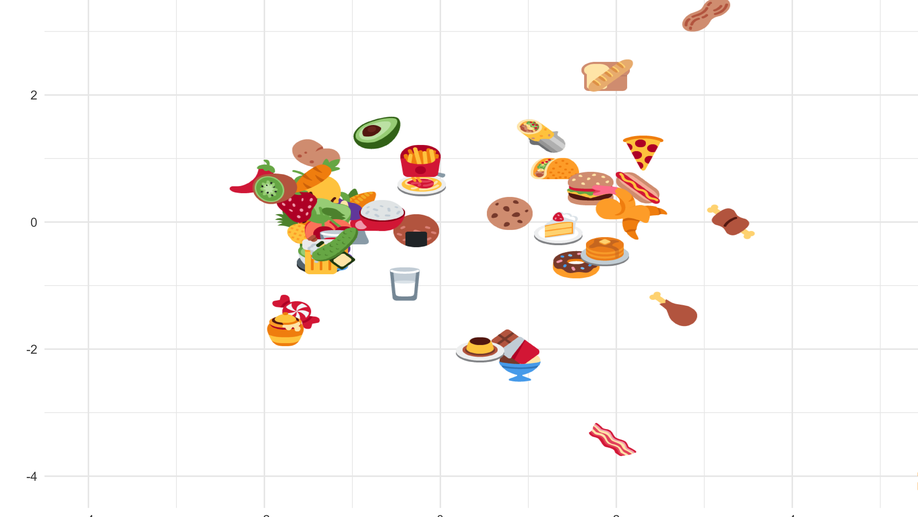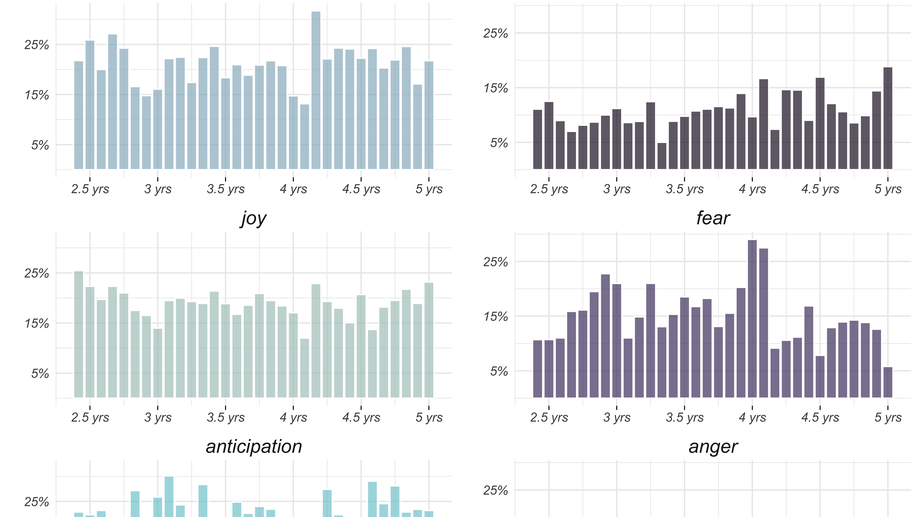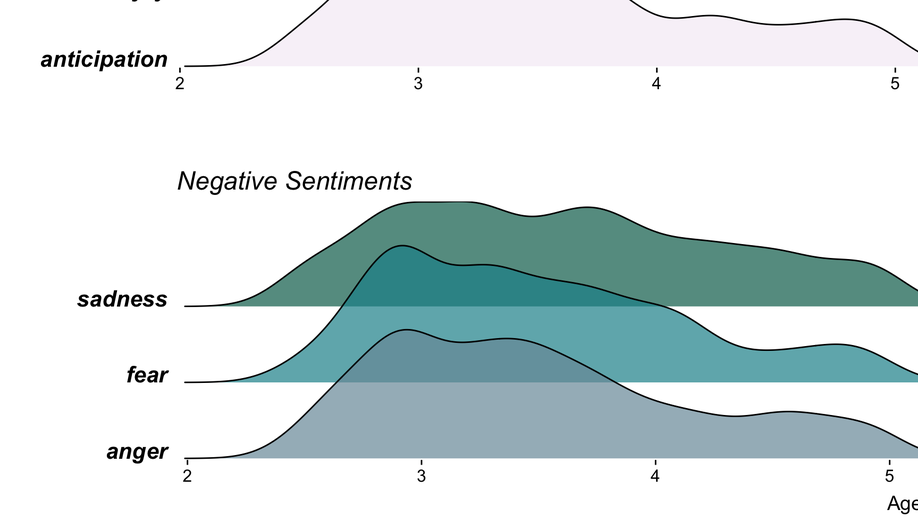I am a recent Computer Science & Engineering PhD graduate from Oregon Health & Science University (OHSU) in Portland, Oregon, USA. My area of interest is computational linguistics and natural language processing, with my PhD research focusing on the development of computational and statistical methods to detect and quantify different aspects of the language of children with Autism Spectrum Disorder.
I work part time as a Data Science Mentor at Posit (previously known as RStudio) for Posit Academy , where I mentor small groups of working professionals as they develop and hone their data science skills in Python or R.
I recently presented two papers at the SIGDIAL conference in September 2023: “A Statistical Approach for Quantifying Group Difference in Topic Distributions Using Clinical Discourse Samples” and “Computational Analysis of Backchannel Usage and Overlap Length in Autistic Children” .
**I am currently on the job market! I am interested in data scientist and research scientist industry roles, in both clinical and non-clinical areas.**
Interests
- Computational Linguistics
- R, Python
- Data Science, Data Visualization
- Statistics, Discrete Math
- Speech & Language Disorders
Education
-
PhD in Computer Science & Engineering, 2024
Oregon Health & Science University
-
BA in Mathematics, 2017
Lewis & Clark College


